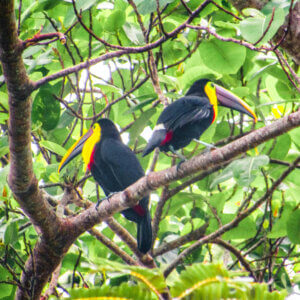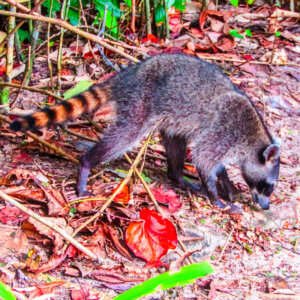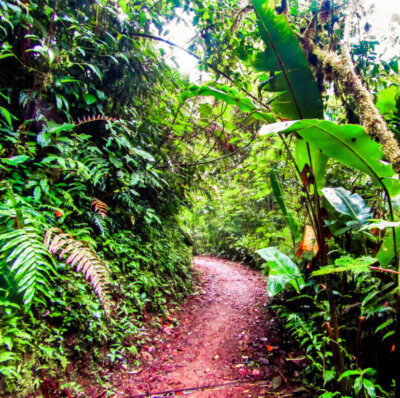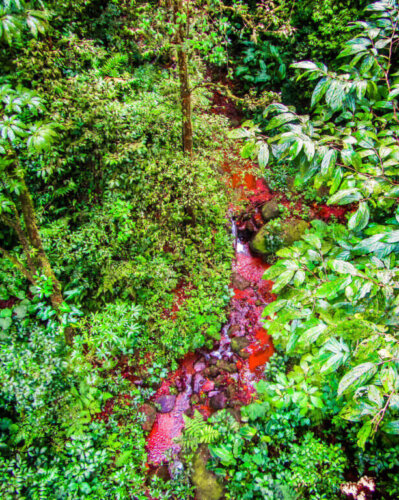


San JosÉ
After Monteverde we headed to San José, Costa Rica’s capital and largest city, as well as the transportation hub for anywhere else in the country you want to visit.
We arrived, hungry, on a Sunday evening when not much around our hostel was open. Our search for food provided an opportunity to explore the neighborhood and that’s when I was taken by a feeling of familiarity, which unexpectedly provided a sense of comfort. Walking the streets of San José felt kinda like home. Im not sure how to explain it other than to say, for the first time in a while, it didn’t feel like I was in a foreign country, it felt like an unfamiliar city in the US.

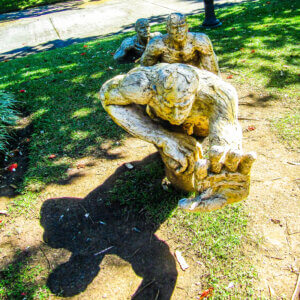



My pre arrival research listed Costa Rica as the most expensive country in Central America so I really didn’t want to stay long and genuinely hoped I wouldn’t fall in love and want to make it my forever home. San José and I didn’t make a love connection but I had a terrific time on our date which included, among other things: a self guided sightseeing trot around downtown, an info packed guided tour of the famous National Theater, followed by a light bite at the Alma de Cafe, a cruise through the presidential quarter and its street art covered boundary walls, an introduction to brutalist architecture and a taste of Calle 33/Barrio Escalante, San José’s trendy food & drink street/neighborhood.


At first I was disappointed to find so many points of interest closed on Mondays, but it quickly became evident that less was more. Fewer options makes it easier for two people to agree on something. Additionally, i’m grateful for the time I spent outdoors enjoying the architecture, street art and weather. Had I spent the day strolling through museums, I’d likely have missed out on what I enjoyed most about the city.
Im compelled to mention the most striking piece of art to catch my eye in the capital city, the Jenaro Valverde Marín Building. Generally it’s churches and colonial architecture that move me to dig out my good camera, but this time it was the Brutalist architecture of Alberto Linner Díaz that held my attention throughout the day. This building continues to light up my imagination with ideas of a concrete dystopian future despite the fact that it was built in 1976. Anything that inspires me to act, to research and find out more, brings me joy and appreciation. Thank you!




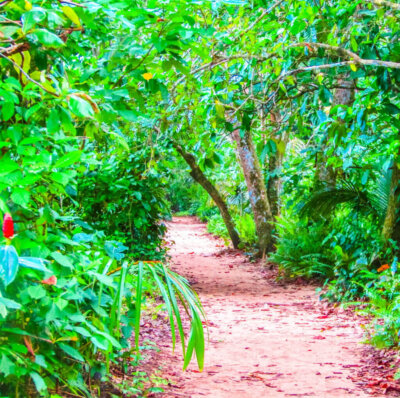
Cahuita, Costa Rica
Our final Costa Rican stop was Cahuita, a laid back village with an island vibe on the southern Caribbean cost. A tropical paradise with warm water and beautiful black and tan sandy beaches, Cahuita is home to a dazzling sea side jungle and national park. With protected, biodiverse marine and land ecosystems full of indigenous inhabitants, the park has no admission fees and relies exclusively on donations for its maintenance, making it yet another unexpected and budget friendly surprise.
Once in the park, it didn’t take long to spot capuchin and hear howler monkeys. The racoons are not shy at all! I noticed the first one when its wet nose touched my leg and another when I caught it going through my back pack, which I absentmindedly left open, while I took a dip in the Caribbean Sea. Plenty of insects made an appearance as well but my favorites were the spiders and leafcutter ants. Im pretty use to seeing lizards but not skinny green snakes. Finally, with the aid of someone else’s guide, I was able to capture a pic of the illusive, superstar sloth catching some z’s in a tree.


